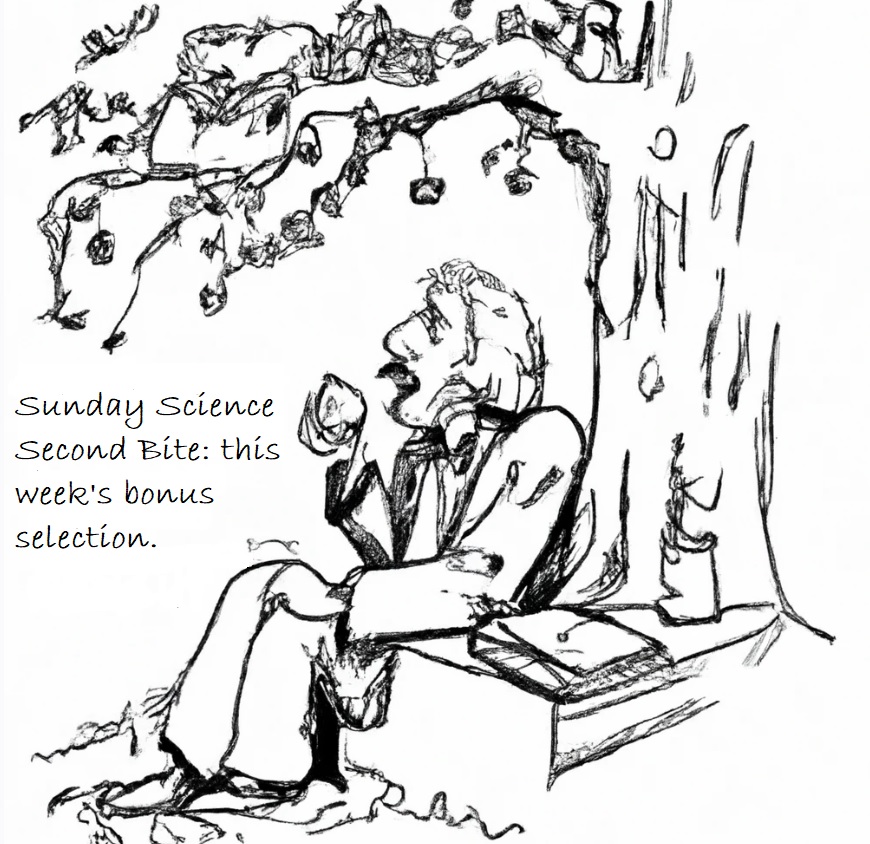Sunday Science: Bacteria Evolved To Help Neighboring Cells After Death, New Research Reveals
Darwin's theory of natural selection provides an explanation for why organisms develop traits that help them survive and reproduce. Because of this, death is often seen as a failure rather than a process shaped by evolution.
When organisms die, their molecules need to be broken down for reuse by other living things.
Such recycling of nutrients is necessary for new life to grow.
Now a study led by Professor Martin Cann of Durham University's Department of Biosciences has shown that a type of E. coli bacteria produces an enzyme which breaks the contents of their cells down into nutrients after death. The dead bacteria are therefore offering a banquet of nutrients to the cells that were their neighbors when they were living.
The study has been published in Nature Communications.
Professor Cann said, "We typically think of death being the end, that after something dies it just falls apart, rots and becomes a passive target as it is scavenged for nutrients.
"But what this paper has demonstrated is that death is not the end of the programmed biological processes that occur in an organism.
"Those processes continue after death, and they have evolved to do so.
"That is a fundamental rethink about how we view the death of an organism."
Co-author Professor Wilson Poon, from the School of Physics and Astronomy of the University of Edinburgh, inspired the research after posing what he believed were some unanswered questions about why organisms die the way they do.
The researchers assembled and realized they had stumbled across a potentially new area of biology; processes that have evolved to function after death.
Professor Cann said, "One problem remained; we couldn't work out how an enzyme that functions after death could have evolved.
"Typically, we think of evolution acting on living organisms not dead ones.
"The solution is that neighboring cells which gain nutrients from the dead cells are likely to be clonally related to the dead cell.
"Consequently, the dead cell is giving nutrients to its relatives, analogous to how animals will often help feed younger members of their family group."
Co-author Professor Stuart West of the University of Oxford added, "This is like nothing we have observed before—it is equivalent to a dead meerkat suddenly turning into a pile of boiled eggs that the other members of its group could eat."
The finding demonstrates that processes after death, like processes during life, can be biologically programmed and subject to evolution.
Biomolecules that regulate processes after death might be exploited in the future as novel targets for bacterial disease or as candidates to enhance bacterial growth in biotechnology.
Professor Poon suggests that modeling such processes using the tools of statistical physics may also provide design principles for humans as we move towards a more circular economy in which recycling needs to be built in from the beginning.
More information: Bacteria encode post-mortem protein catabolism that enables altruistic nutrient recycling, Nature Communications (2025). DOI: 10.1038/s41467-025-56761-6
Journal information: Nature Communications
Provided by Durham University

Her Discovery Wasn’t Alien Life, but Science Has Never Been the Same
Sarah Scoles
New York Times
The internet erupted in controversy over Felisa Wolfe-Simon and colleagues’ claim of a microbe thriving on arsenic. Nearly 15 years later, she’s pursuing new research on the boundaries of life.
February 14, 2025


Spread the word